Chapter 6: Value Readings and Exercises
VALUE
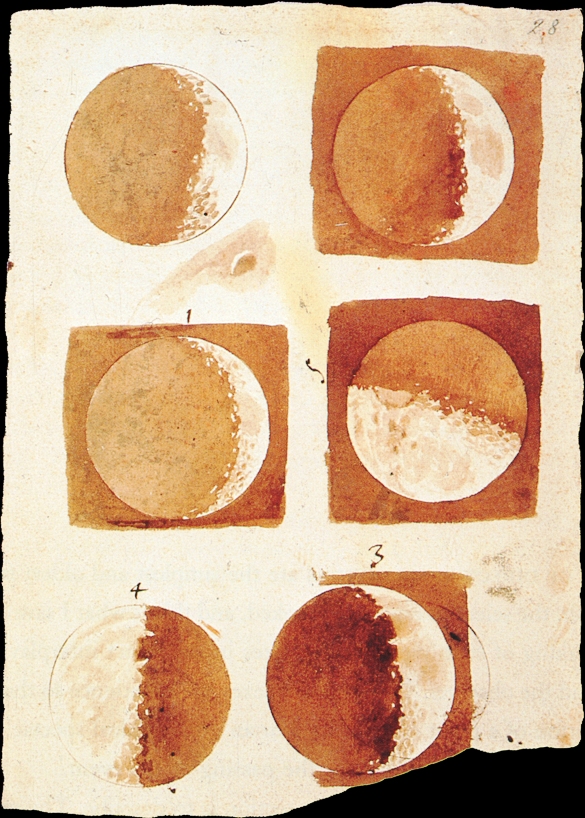
d
Drawing with Charcoal: Historical Techniques of 19th Century France
3 Ways to Use a Kneaded Eraser for Realistic Drawing
Fixative Spray Your Drawings Like a Pro! (Mistakes to avoid + tips)
Everything I know about charcoal drawing in one video
Sketchbook:
Value scale with all media:
Use charcoal (willow/vine and compress), conté, graphite, or ink. Draw 9 one inch by two inch rectangles. Each gray needs to be stand alone, do not blend between grays.
Creating Value Scales in Charcoal and Graphite
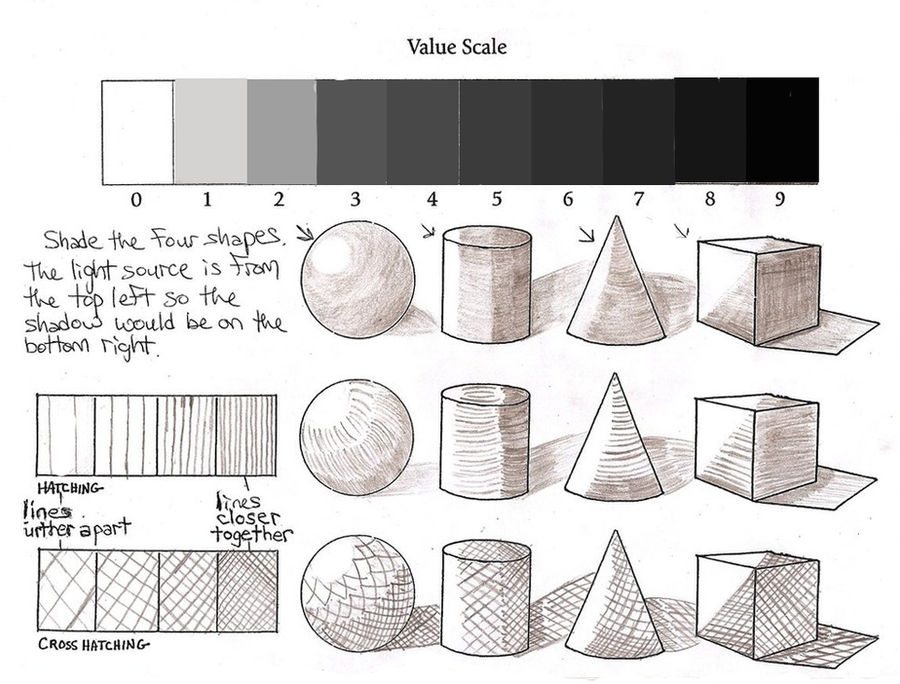
Chiaroscuro study:
Shine a flashlight on three objects in a dark room or late at night (then take a photo if possible). Find unusual objects for the still life. Sketch the objects lightly with willow charcoal, then establish your darker values with compressed charcoal. How can you create a dramatic narrative through lack of light? Chiaroscuro is the distribution of light and dark in an image. How does the art or feeling intensify when chiaroscuro is utilized. Be aware of your cast shadows and enhance them.
Shading with Vine Charcoal:
Still life with eggs. No porcelain, metal, or glass in the still life.
Modeling planes:
Create geometric shapes by developing planes. Start with a cube, draw it in various angles and rotations. Shade and manipulate each side of the cube to make it look dimensional.
Basic Drawing: Standard Flat Plane Exercise
Drawing Fundamentals: Modeling Planes, a how-to guide from ArtistsNetwork. By Jon deMartin.
See this how-to-guide to start working on your own modeling planes.
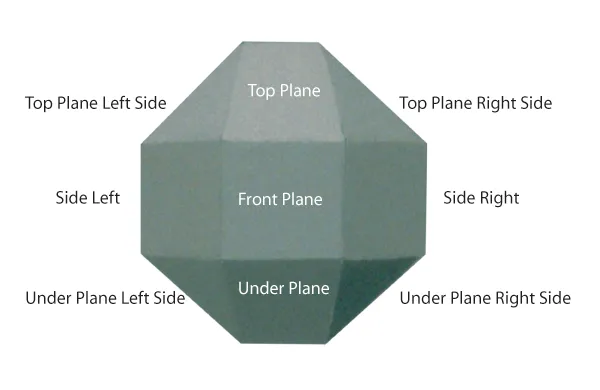
Credit: Jon deMartin, ArtistsNetwork
Basic Drawing: Bent and Rounded Plane Exercise
Basic Drawing: Standard Flat Plane Exercise
Drawing on toned paper:
Using a mid-tone paper as your middle values rely on white and black conté to illustrate an object.
Black and white photo or photocopy:
Find an image that has a range of grays and rich contrast. Grid the photo and your sketchbook paper to assist in enlarging the image for accurate proportions. You can use graphite or charcoal for this assignment.
Alternative option: Photocopy your hand, then take that copy and drag it across the glass as it’s being scanned while another copy is being made.
Folded paper stippling:
Crumple a piece of lined paper. Use ink (micron pen) to stipple value and shadows. The white of your drawing paper will be the highlights/brightest whites found on the crumpled paper.
Notice how Pissarro used stippling to illustrate distance, light, and value in this image:
Reading assignment:
Inferno:
Read about Dante’s The Divine Comedy Inferno, check out the video below, and look over these vast collection of images.
Dramatic Depictions of Hell
The Divine Comedy (1307-1321) is one of the most intriguing and politically driven texts in the 14th Century. Who wouldn’t want to write an amazing poem and put all of your political enemies in hell and force them to suffer unspeakable acts of torture and pain! Indeed, Dante also put friends and people he respected in hell because he believed that all people needed to repent and care for their souls. The importance of this text lies not in its content necessarily (though that is important as well), but rather that it is written in Italian. This might seem trivial to us now, but that Dante chose to write in the vernacular language and not Latin significantly changes the course of literary history in the West—not to mention the movies, books, and video games this text has spawned. Up to this point in the Western Middle Ages, “literature” was only written in Latin, and anything written in a vernacular language was not worthy of a proper audience—i.e., educated people. The vernacular language was the language spoken by the people, the uneducated masses. So with this in mind, you can begin to see precisely who Dante was attempting to write for, who he wanted his work to touch and speak to, who needed to hear what he had to say.
Dante writes himself into the poem, referred to as Dante-pilgrim, and constructs a scenario in which Vigil, the author of The Aeneid, is his guide through hell. Dante meets Vigil just outside the gates of hell. As the two writers enter limbo, they meet other important authors such as Homer, Ovid, Lucan, and Horace. By placing himself in the company of these authors, Dante not so subtly posits his own literary genius. This becomes a standard practice for many medieval authors that follow Dante’s lead and begin writing in a vernacular language. (A brief note on time periods and dating: Dante is writing at the very end of the Middle Ages and the very beginning of the Italian Renaissance in the 14th Century—typically scholars date the beginning of the Renaissance when Petrarch is crowned poet laureate in 1341, which comes after Dante’s death. In England, however, the 14th through the 15th century are still very much considered medieval. The “progress” that the Renaissance makes in Italy does not fully reach and affect other parts of Europe for some time.)
Follow this link to read a curated selection from Dante.
As you read, consider the ways in which Dante-pilgrim’s journey has shaped our understanding of hell, punishment, and retribution. What kind of world does Dante create not through the creation of hell, but through writing and presenting new images in a language of the people?
Section credit: “From The Divine Comedy Inferno, Dante Alighieri,” in Introduction to World Literature Anthology Creative Commons Attribution 4.0 International License
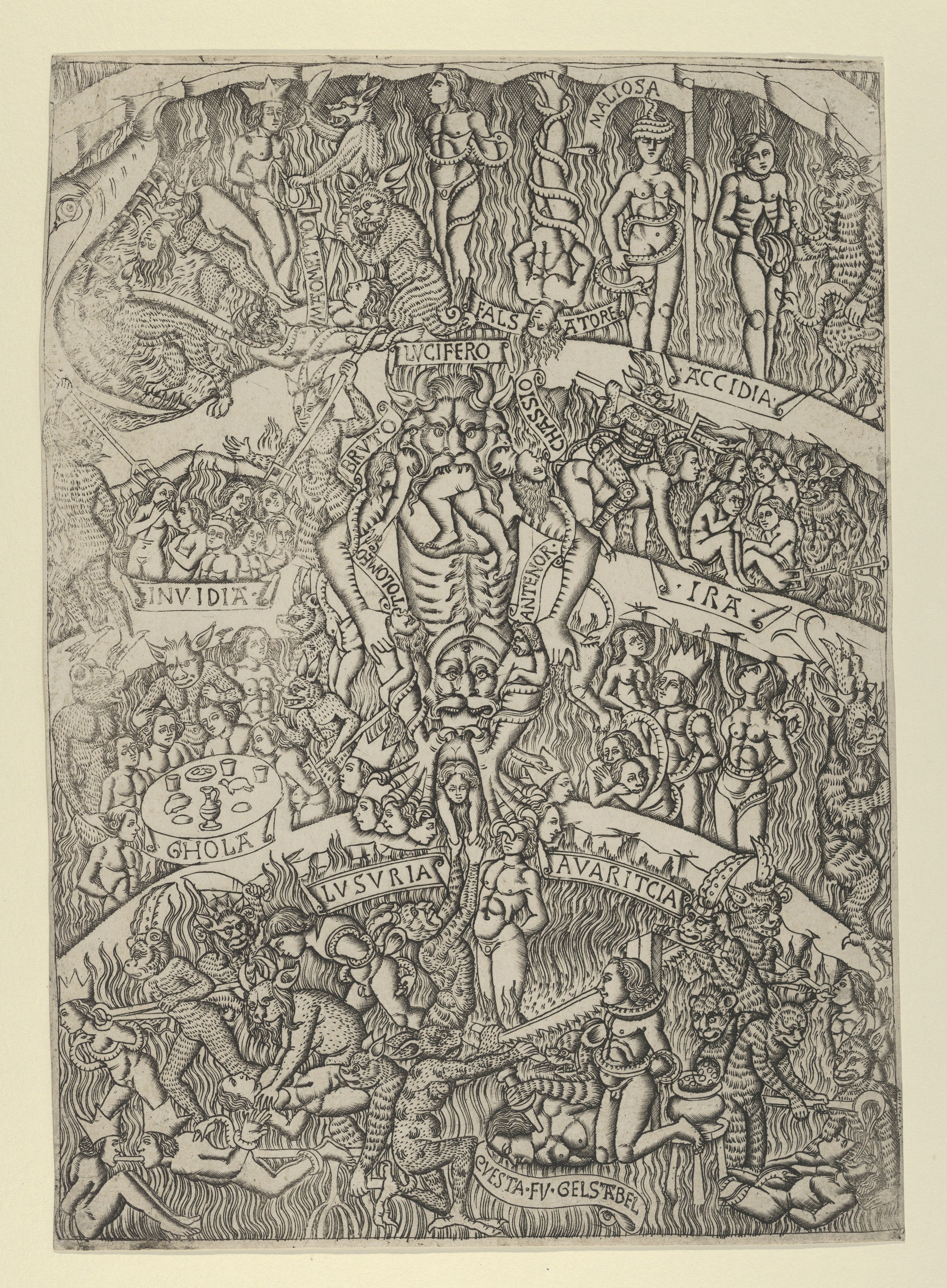
Writing assignment:
The purpose of color/value: How can color, value, and texture present a narrative? How would an image shift if you changed the palette or included more white in it? A gentle, delicate butterfly illustrated in all black or a fearsome werewolf made of bright pinks and yellows could possible confuse a viewer. Look at images by William Blake, Caravaggio, Hieronymus Bosch, and Odd Nerdrum; artists that typically use darker in hue color palettes. What thoughts, stories, or emotions are stirred when you view their works.
Large Projects:
Black Paper drawing:
Use white, gray, and black conté on black paper to illustrate a mythological, supernatural, mysterious character and/or environment. The materials are reinforcing a visual drama, use it to your advantage. What conceptual narrative could you build by using black?
Nazgul the Ringwraith – Charcoal Drawing – Miroslav Šunjkić
Reverse charcoal:
Cover your drawing paper with charcoal (choose wisely, willow/vine or compressed will have different effects) with a light to medium value. Using charcoal to lightly draw in your subject (spotlight/dramatically lit still life) establish on your composition and proportions. Your kneaded eraser will be used to remove highlights from the paper while the charcoal will intensify your contrast and develop volume in your objects.
Scratchboard:
Take a photo of an animal, insect, or person and convert it to a black and white image in photoshop. Start by drawing your subject on your scratchboard using pastel, graphite, or white conté. Scratch away your lines using a needle or drawing tool, be aware of your directionality. To build volume go over highlighted areas multiple times.
Cut outs:
Consider a story you could tell by only using silhouettes. A silhouette is a cutout, a solid shape, an object seen against light. How can figures, objects, environments be made into simplified shapes and remain readable?
Look at Kara Walker’s examples, she utilizes massive walls as ways of telling stories and exposing history. Draw your objects on construction paper or ink-stained paper and carefully cut them out with an exact-o knife. Glue the shapes to compose an image on your large drawing paper in a way that fills the entire surface area, be conscious of the composition. If your paper is buckling due to the glue, place a stack of books on top to flatten the paper (put wax paper between your art and books so the paper doesn’t damage your book!). Kara Walker website
![Bare plate [Paper Silhouette Portrait of a Woman], Unknown (American), Daguerreotype](https://images.metmuseum.org/CRDImages/ph/original/DP242068.jpg)
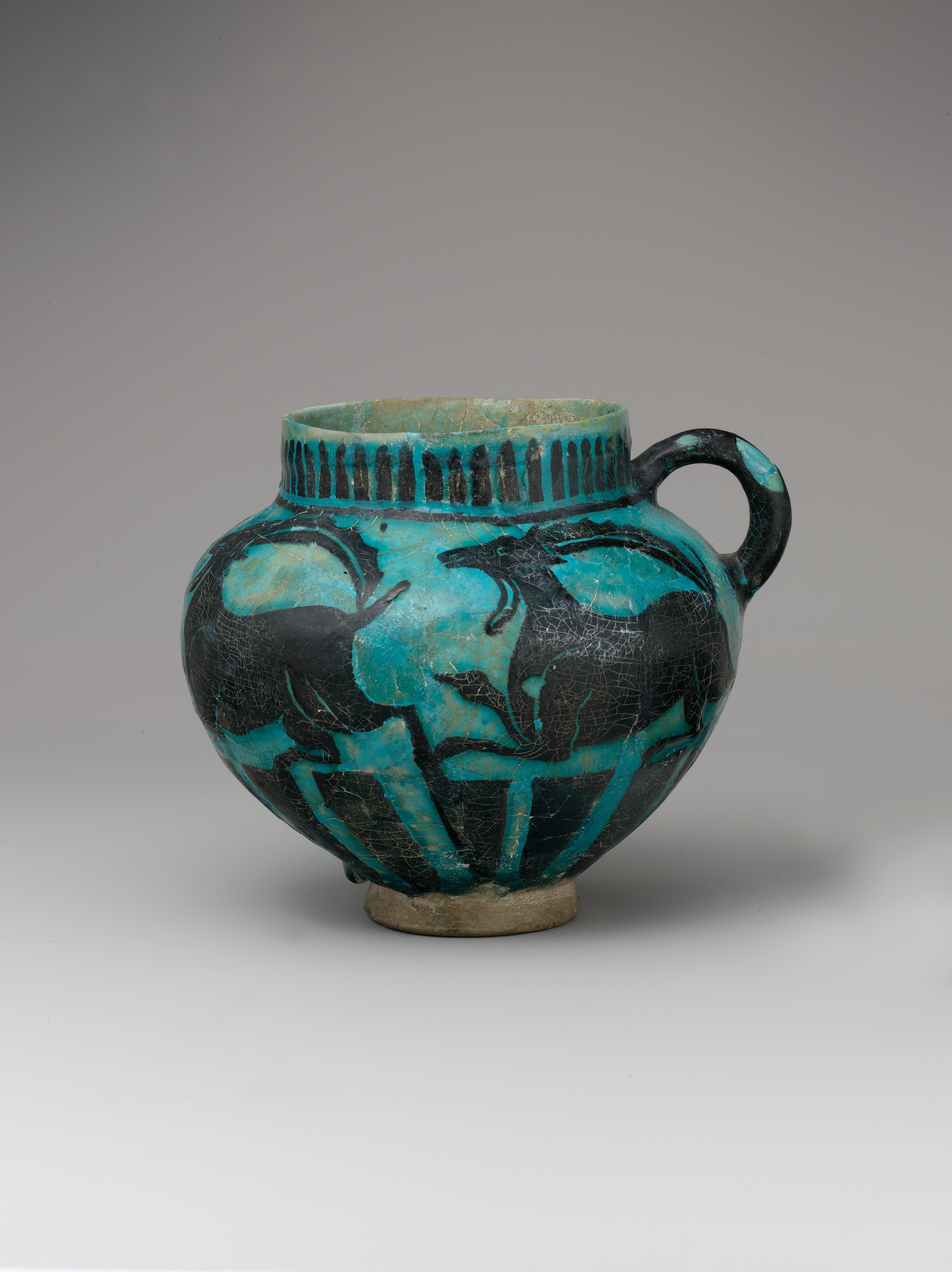
Artists and terms to research:
William Kentridge
Michelangelo Merisi da Caravaggio
His life and style: National Gallery
Agnes Martin
Shirin Neshat
Chiaroscuro
Tenebrism
Tonalism

